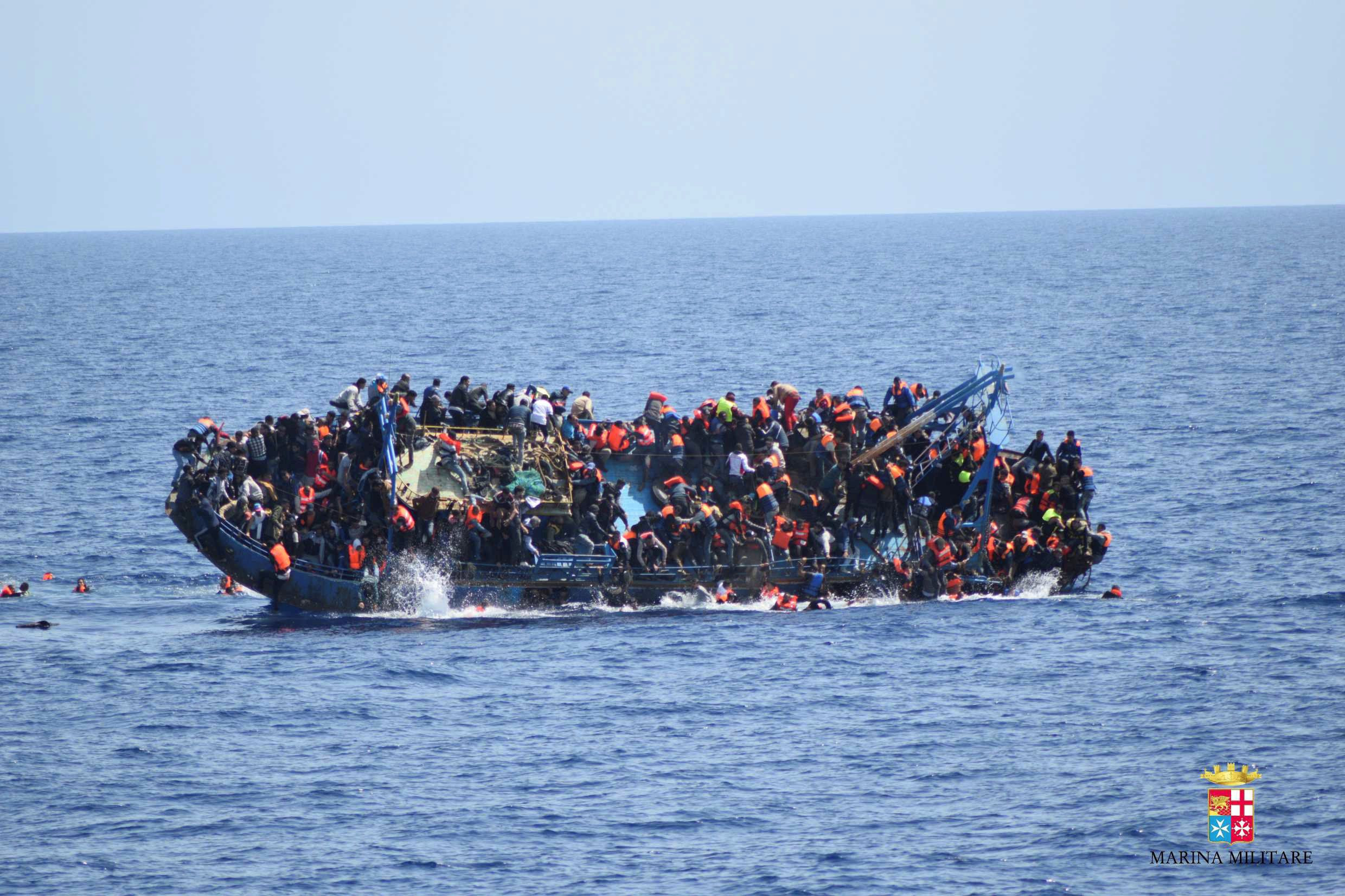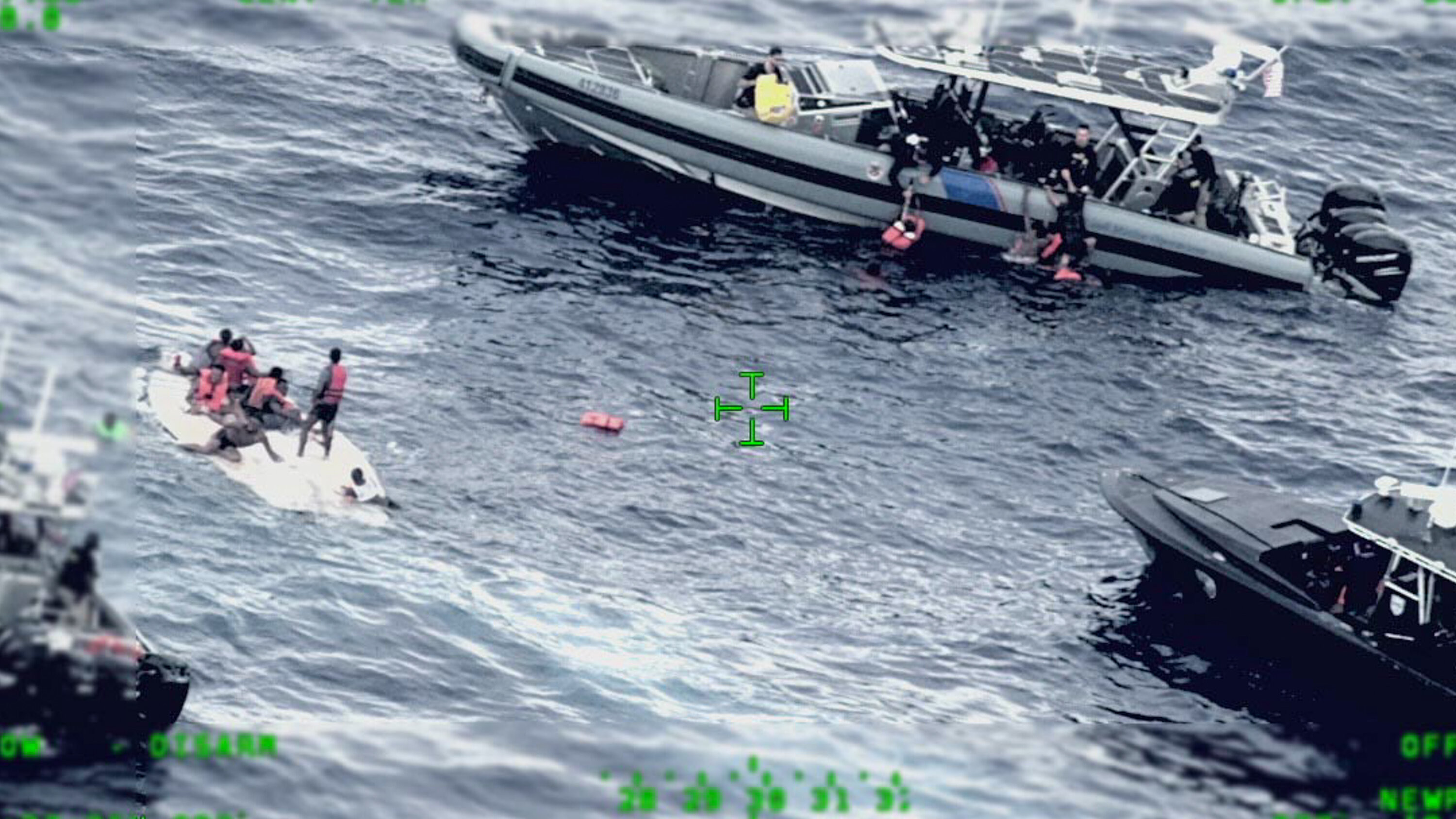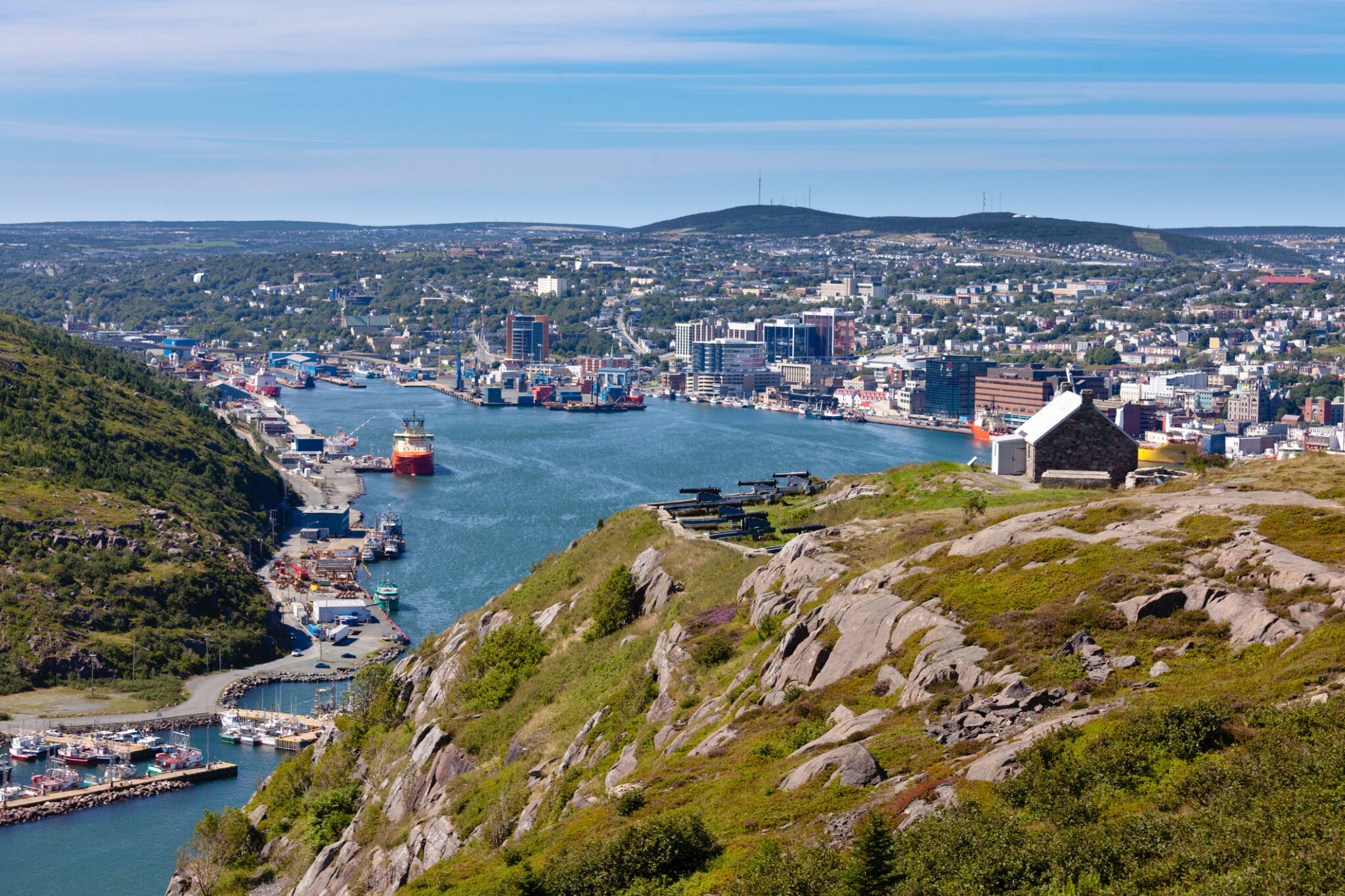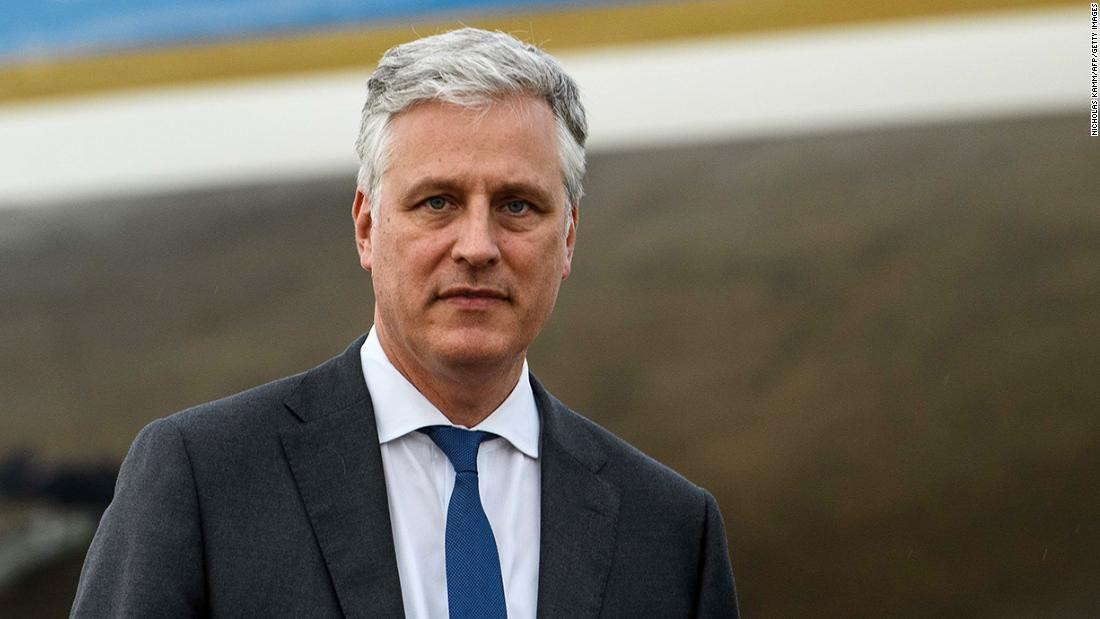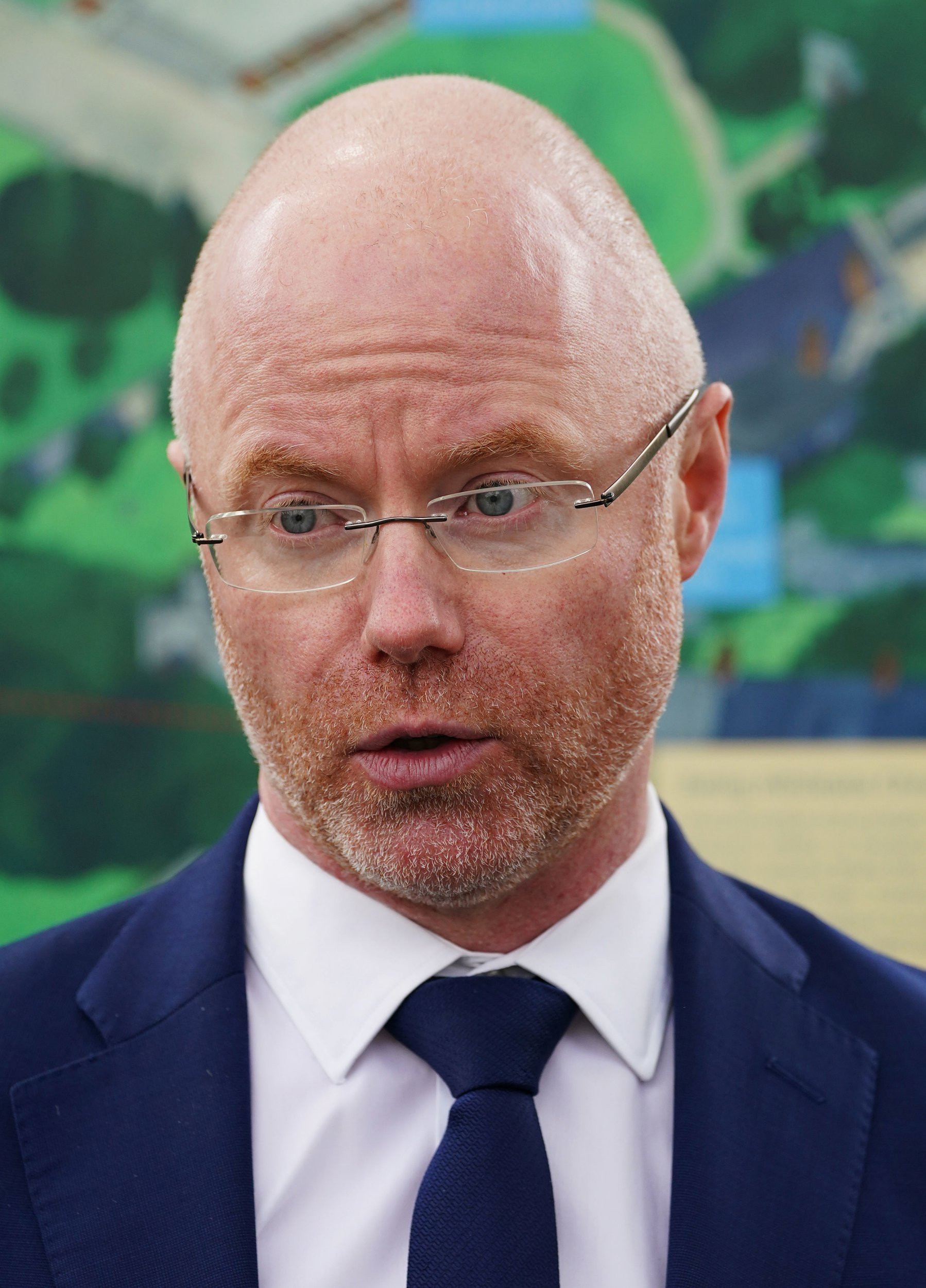At least 10 migrants - including a mother and her baby girl - have drowned after their boat capsized while trying to cross the Drina River, which separates Serbia and Bosnia, Serbia's Interior Minister Ivica Dacic said.
Authorities said at least 18 other migrants, including three children, arrived safely on the Bosnian side of the border on Thursday. It is unclear how many people may be missing.
Bad weather halted search efforts, with officials in both countries now planning to resume the operation on Friday morning. Parts of the river are up to 200m (656ft) wide.
Local media also reported a search was under way for a smuggler who took the migrants across the river.
Bosnia's border police confirmed the incident took place on Thursday morning, without providing any further details.
Serbian officials also confirmed that an incident had taken place near the border town of Ljubovija, with police adding that the majority of the migrants were people from Morocco.
Serbian Interior Minister Dacic later said the "lifeless body of a baby, approximately nine months old" was discovered by members of the internal affairs ministry. "Unfortunately, this baby is the tenth victim of the boat capsizing", he said in quotes cited by AFP news agency.
The baby "was with its mother, whose body was recovered from the river earlier", the ministry said.
Vladan Rankic, the head of Bosnia's water rescue team, said on Thursday a search and rescue operation had to be halted because of bad weather.
"So far we have found 10 drowned people. We do not know the exact number of people we are looking for, but the search will continue tomorrow in the early hours of the morning," he told the Association Press Television News.
The Balkan Route: A Perilous Journey
Serbia and Bosnia are among the main transit countries on the route through the Western Balkans into the European Union. Migrants often travel from Turkey to Greece, and then through North Macedonia and Serbia, before trying to enter the European Union through Hungary, Croatia, or Slovenia. Others go through Bulgaria instead of Greece.
The route has become increasingly dangerous in recent years, with migrants often falling victim to human traffickers and the harsh conditions of the journey. The Drina River is just one example of the many dangers migrants face along the way.
The Numbers of Migrants Decreasing, But the Risks Remain
The Serbian government says over a million people from Asia and Africa have crossed into the country since the refugee crisis of 2015. More than one million migrants entered Europe that year, according to the International Organization for Migration (IOM).
According to government data, the majority attempting to cross into Serbia in recent months came from Syria, Afghanistan, Turkey, Morocco and Pakistan.
But the number of migrants transiting through Serbia has decreased significantly over the years. Serbian police recorded 10,389 illegal entries in the first half of 2024, which is nearly 70% less than the previous year.
Serbian officials have credited the drop to tighter cooperation with Austrian police and with Frontex. However, the tragic incident on the Drina River highlights that the risks associated with the Balkan route remain high.
A Dire Situation
The capsizing of the boat on the Drina River is a tragic reminder of the dangers faced by migrants attempting to reach Europe. The incident highlights the need for greater international cooperation to address the root causes of migration and to ensure the safety of migrants along the journey.
The situation is further exacerbated by the fact that many migrants are forced to rely on human traffickers to help them cross borders, often at great risk to their lives. The smugglers who organize these journeys are often motivated by profit and have little regard for the safety of the migrants they are transporting.
The Drina River is just one of many dangerous crossings that migrants face on their journey to Europe. The risks are high, and the consequences can be deadly. It's imperative that governments and international organizations work together to find solutions to this complex and humanitarian crisis.




